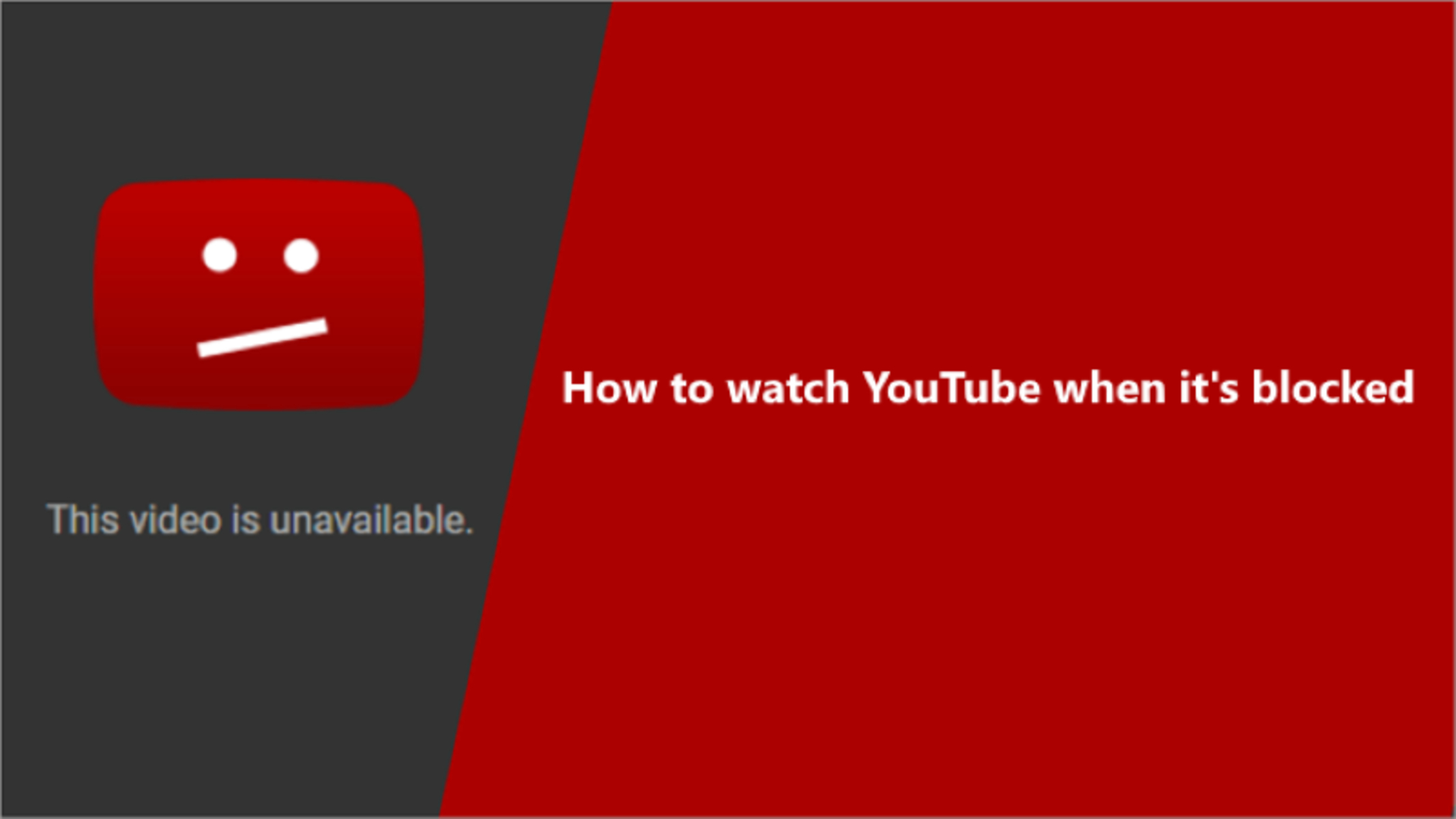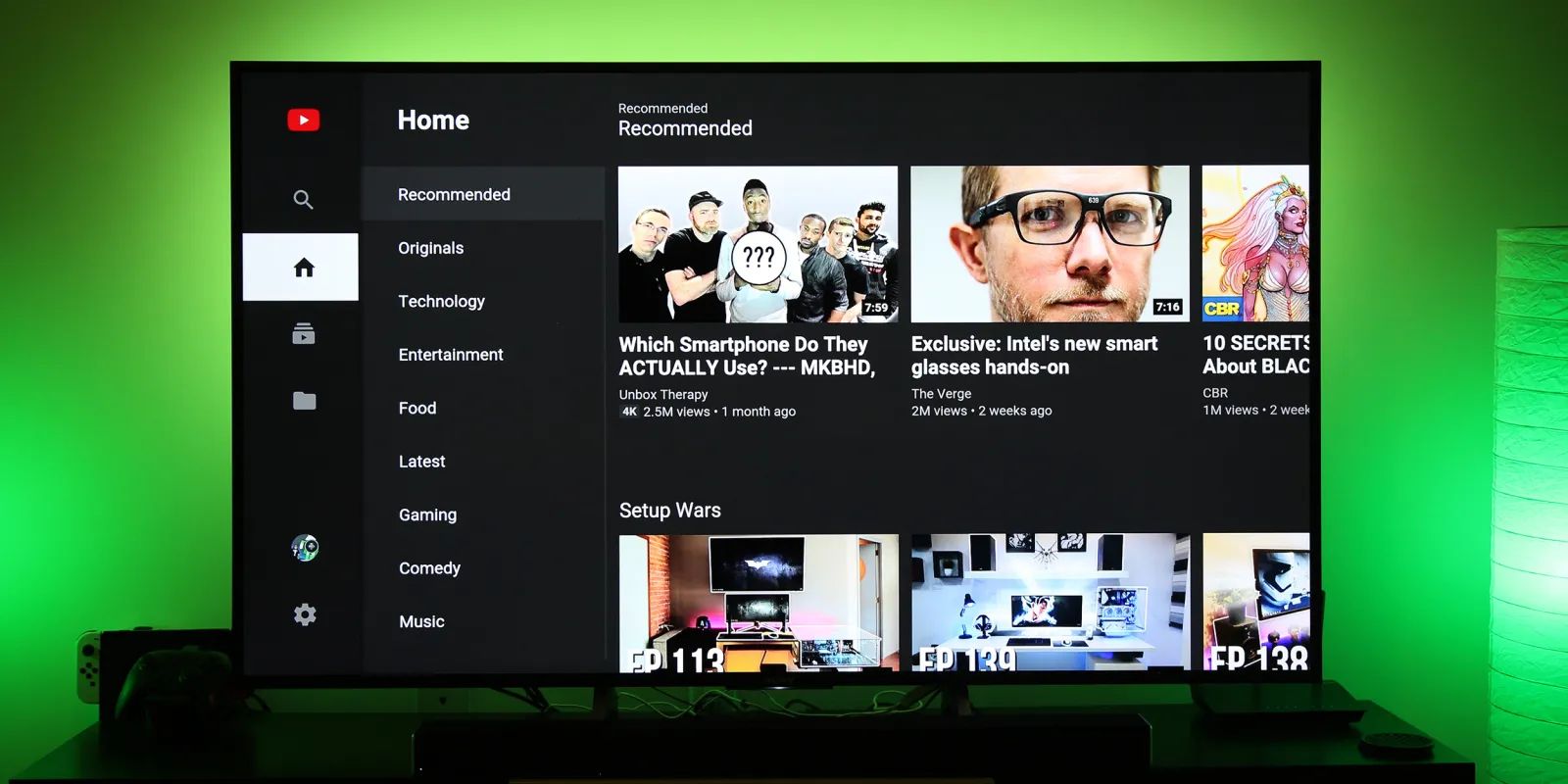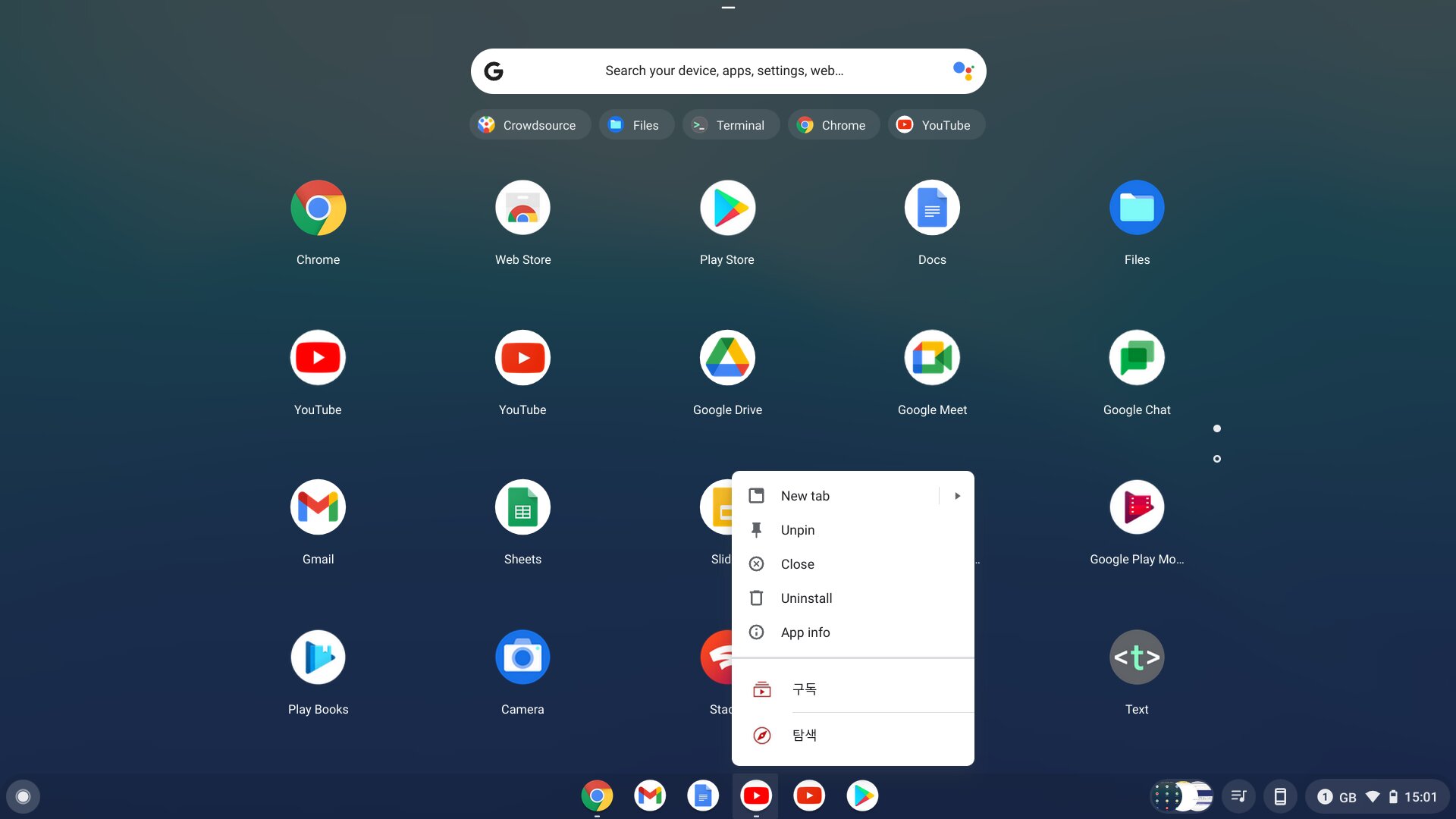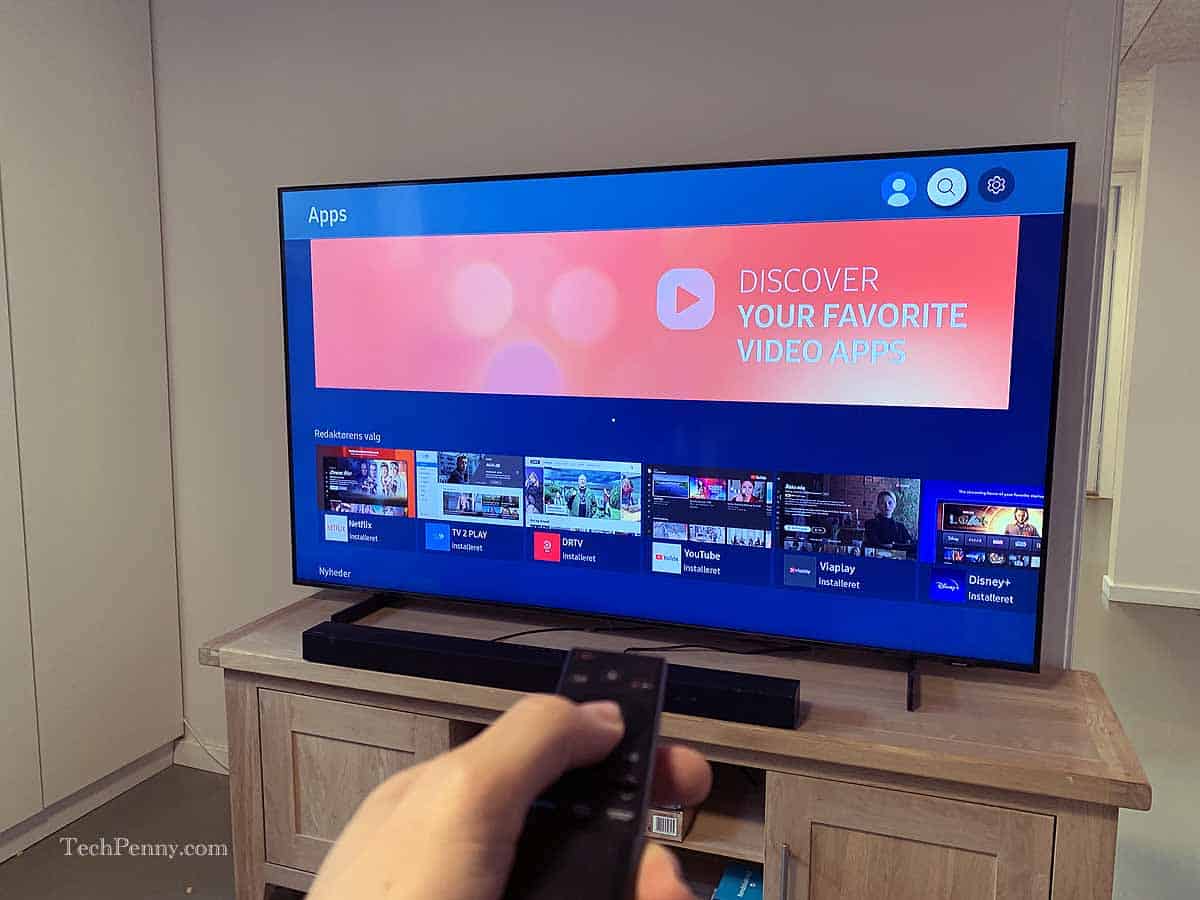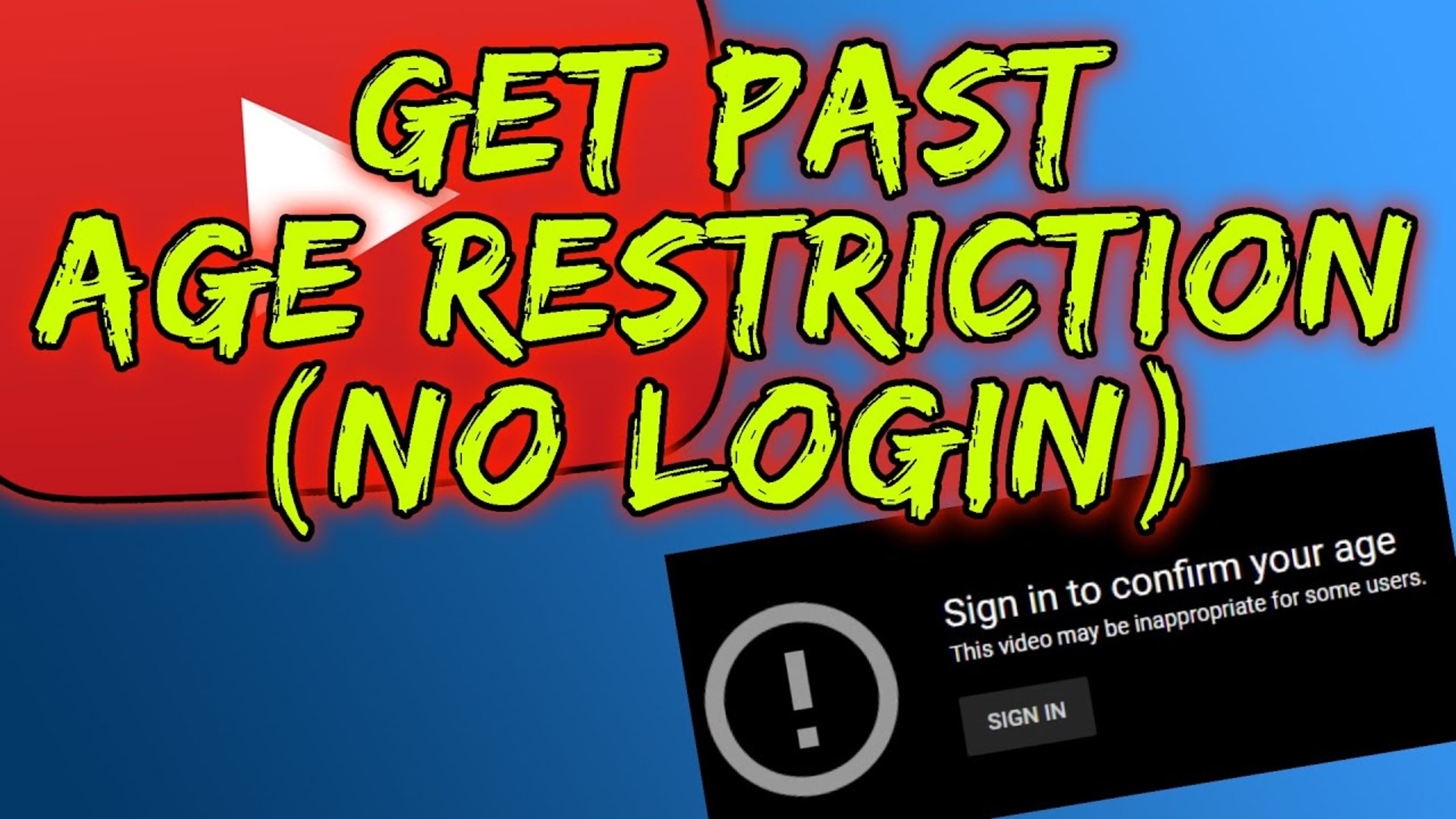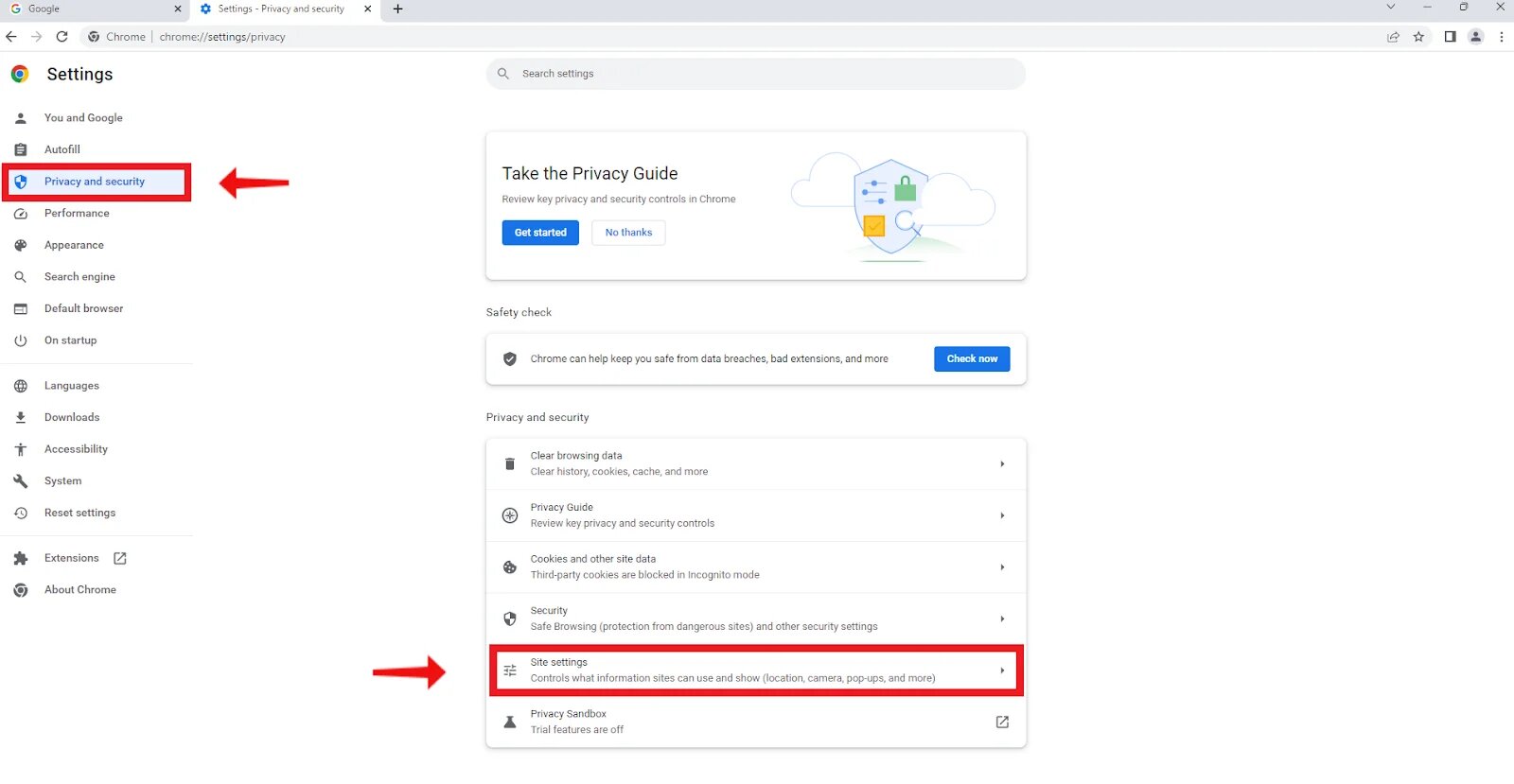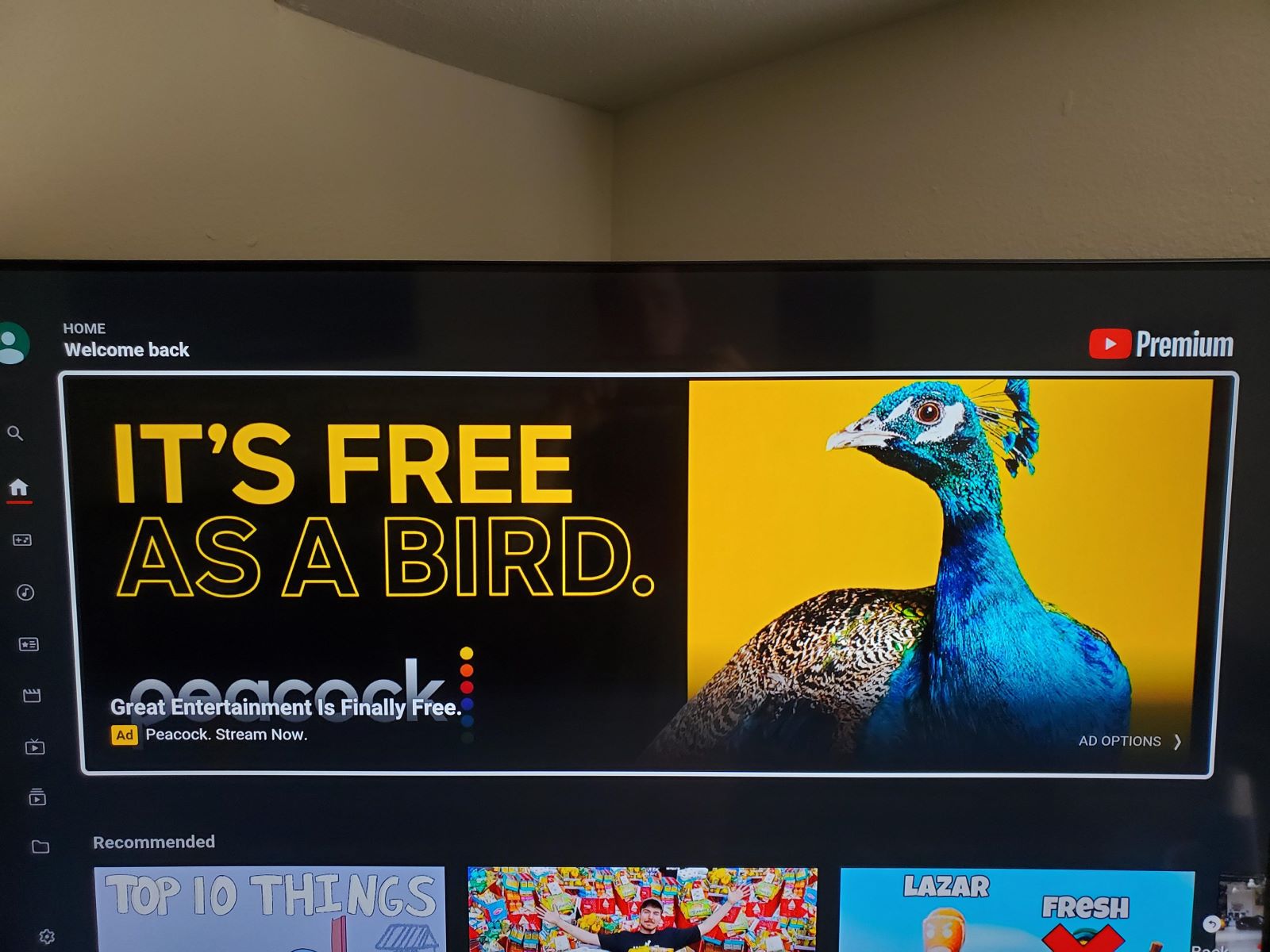Introduction
YouTube has revolutionized the way we consume and share video content, becoming the go-to platform for entertainment, education, and even news. However, in certain situations, access to YouTube may be restricted due to various reasons, such as network restrictions, government censorship, or workplace policies. This can be frustrating, especially when you want to watch a particular video or catch up on your favorite channels.
In this article, we will explore several methods to help you watch YouTube when it’s blocked. These methods involve bypassing restrictions by using a Virtual Private Network (VPN), utilizing proxy servers or the Tor network, using a Smart DNS, accessing YouTube through a proxy website, or even downloading YouTube videos for offline viewing.
Before we delve into these methods, it’s important to understand why YouTube is often blocked in the first place. By gaining an understanding of the reasons behind these restrictions, we can better navigate around them and enjoy uninterrupted access to our favorite videos.
Now, let’s dive deeper into the reasons behind YouTube blocks and explore the solutions that can help us overcome these limitations.
Understanding Why YouTube is Blocked
YouTube is a vast platform that hosts a wide range of content, including user-generated videos, music, movies, tutorials, and much more. However, there are several reasons why YouTube may be blocked in certain locations or networks:
1. Network Restrictions: Organizations, such as schools, colleges, or workplaces, often implement network restrictions to control internet usage and maintain productivity. YouTube, being a video-heavy platform, can consume a significant amount of bandwidth, leading to slower internet speeds for other essential tasks. In such cases, network administrators may choose to block access to YouTube to prevent this bandwidth hogging.
2. Government Censorship: In some countries, governments impose restrictions on internet access to control the flow of information and prevent the dissemination of content they consider politically sensitive or inappropriate. YouTube, with its vast collection of videos, can be seen as a potential platform for spreading dissent or controversial material, leading to its strict censorship.
3. Copyright Infringement: YouTube hosts millions of videos, some of which may infringe upon copyright laws. In response, copyright holders may request the blocking of specific videos or even the entire YouTube platform in certain regions, in order to prevent unauthorized distribution of their content.
4. Regional Licensing Agreements: Content licensing agreements between YouTube and media companies vary by region. As a result, some videos or channels may not be available in specific countries due to licensing restrictions or distribution rights. Consequently, YouTube may be blocked to comply with these agreements.
Understanding the reasons behind YouTube blocks is crucial in finding effective methods to bypass these restrictions. In the following sections, we will explore various techniques that can help you regain access to YouTube and enjoy your favorite videos, regardless of the restrictions imposed.
Using a VPN to Bypass YouTube Blocks
One of the most effective and widely-used methods to bypass YouTube blocks is to use a Virtual Private Network (VPN). A VPN creates a secure and encrypted connection between your device and the internet, tunneling your internet traffic through a server in a different location. This allows you to bypass geographical restrictions and access blocked websites, including YouTube.
Here’s how you can use a VPN to bypass YouTube blocks:
1. Choose a trustworthy VPN provider: There are numerous VPN providers available, so it’s essential to choose one that is reputable, offers a wide range of server locations, and ensures your privacy and security.
2. Install the VPN app: Once you’ve selected a VPN provider, download and install the VPN app on your device. Most VPN providers have applications for various operating systems, including Windows, macOS, Android, and iOS.
3. Connect to a VPN server: Launch the VPN app and connect to a server in a location where YouTube is not blocked. This will assign you a new IP address from that location, making it appear as though you are browsing from that region.
4. Access YouTube: With your VPN connection established, visit the YouTube website or app, and you should now have unrestricted access to view videos and channels that were previously blocked.
It’s important to note that while a VPN can help bypass YouTube blocks, it may slightly impact your internet speed due to the encryption and routing process. However, the trade-off is worth it for the ability to access blocked content.
Furthermore, as VPNs come with a cost, it’s advisable to choose a provider that offers a free trial or a money-back guarantee before committing to a subscription. Additionally, ensure that the VPN you choose has servers in the regions you require access to, as the availability of servers can vary.
Bypassing YouTube blocks using a VPN is a reliable and convenient method that is widely used by individuals, particularly those in restrictive environments or regions with heavy internet censorship. It provides an effective solution to enjoy YouTube content without encountering any restrictions.
Utilizing Proxy Servers to Access YouTube
Another method to access YouTube when it’s blocked is by utilizing proxy servers. A proxy server acts as a gateway between your device and the internet, allowing you to access websites indirectly. By routing your internet traffic through a proxy server, you can bypass the YouTube blocks imposed by your network or location.
Here’s how you can utilize proxy servers to access YouTube:
1. Find a reliable proxy server: There are several websites that provide lists of proxy servers. Look for a reliable and up-to-date source to find proxy server addresses and their corresponding port numbers.
2. Configure your device settings: Once you have a proxy server address, go to your device’s network settings and enter the proxy server details. This can usually be done in the “Network” or “Wi-Fi” settings of your device.
3. Save your settings: After entering the proxy server details, save the settings and exit the network settings menu. Your device will now route its internet traffic through the proxy server you configured.
4. Access YouTube: With the proxy server settings in place, open your web browser and visit the YouTube website. The proxy server will act as an intermediary, allowing you to access YouTube and watch videos that were previously blocked.
It’s important to note that while proxy servers can help bypass YouTube blocks, they may not always guarantee privacy or security. Proxy servers can potentially log your browsing activity, so it’s advisable to use trusted and reputable proxy servers.
Additionally, the performance of proxy servers can vary, and they may introduce some latency, resulting in slower browsing speeds. Furthermore, proxy servers may not be compatible with all websites or may be blocked themselves in certain regions. Therefore, it’s worth trying different proxy servers if you encounter any issues.
Utilizing proxy servers can be an effective method to access YouTube when it’s blocked, especially in situations where other methods like VPNs are not available or practical. However, it’s important to exercise caution and use reputable proxy servers to ensure a safe and secure browsing experience.
Accessing YouTube Through Tor Network
If you’re facing strict internet censorship or want to maintain maximum privacy and anonymity while accessing YouTube, the Tor network can be a valuable option. Tor, short for “The Onion Router,” is a network of volunteer-operated servers that aim to protect users’ privacy by encrypting and routing internet traffic through multiple layers of relays.
Here’s how you can access YouTube through the Tor network:
1. Download and install the Tor Browser: The Tor Browser is specifically designed to access the internet via the Tor network. Visit the official Tor Project website and download the Tor Browser appropriate for your operating system.
2. Configure the Tor Browser: Install the Tor Browser on your device and launch the application. The Tor Browser automatically connects to the Tor network and routes your internet traffic through it.
3. Access YouTube: Once the Tor Browser is connected, you can use it to browse websites anonymously. Visit the YouTube website within the Tor Browser, and you should be able to access YouTube content without any restrictions.
While using the Tor network can provide greater privacy, it’s important to note that browsing through Tor may result in slower internet speeds due to the multiple layers of encryption and routing. Additionally, since the Tor network is composed of volunteer-operated servers, it may not always provide consistent or reliable performance.
Moreover, some websites may block access through Tor, including YouTube in some cases. If you encounter such blocks, you can try accessing alternative, uncensored video-sharing platforms available on the Tor network.
Accessing YouTube through the Tor network can be a valuable option to bypass restrictions, maintain privacy, and circumvent surveillance. However, it’s important to use the Tor network responsibly and be aware of its limitations.
Using a Smart DNS to Unblock YouTube
Another method to unblock YouTube is by using a Smart DNS service. A Smart DNS (Domain Name System) allows you to bypass geographic restrictions by redirecting your DNS queries through specific servers located in different regions. This enables you to access region-restricted content, including YouTube videos that are blocked in your location.
Here’s how you can use a Smart DNS to unblock YouTube:
1. Choose a reliable Smart DNS provider: Look for a reputable Smart DNS provider that offers a wide range of supported websites and reliable server connections to ensure smooth access to YouTube and other platforms.
2. Set up the Smart DNS: Once you’ve chosen a provider, follow their instructions to configure your device’s network settings with the Smart DNS information. This involves updating your DNS server addresses with the ones provided by the Smart DNS service.
3. Apply the changes: Save the new DNS settings and restart your device to apply the changes. Your device will now use the Smart DNS service to resolve domain names, bypassing the YouTube blocks imposed by your network or location.
4. Enjoy unrestricted YouTube access: With the Smart DNS set up, visit the YouTube website or app, and you should be able to access previously blocked videos and channels without any issues.
Using a Smart DNS to unblock YouTube offers several advantages. Firstly, it often provides faster speeds compared to other methods like VPNs, as it doesn’t involve encryption and rerouting of your internet traffic. Additionally, it can be compatible with various devices and operating systems, allowing you to unblock YouTube across multiple platforms.
However, it’s important to note that a Smart DNS primarily bypasses geographical restrictions and may not be as effective in situations where YouTube is blocked due to strict network policies or government censorship. In such cases, alternative methods like VPNs or proxy servers may be more suitable.
Utilizing a Smart DNS service can be a convenient and efficient way to unblock YouTube and enjoy unrestricted access to your favorite videos. Ensure that you choose a reliable Smart DNS provider to ensure reliable and uninterrupted access.
Accessing YouTube Through a Proxy Website
If you’re unable to install VPN software or configure proxy settings on your device, accessing YouTube through a proxy website can be an alternative solution. Proxy websites act as intermediaries, allowing you to visit blocked websites by routing your internet traffic through their servers.
Here’s how you can access YouTube through a proxy website:
1. Find a reliable proxy website: Numerous proxy websites are available on the internet. Look for a reputable one that is known for its reliability, security, and fast connection.
2. Visit the proxy website: Open your web browser and visit the proxy website of your choice. Examples include ProxySite, Hide.me, or ProxFree.
3. Enter the YouTube URL: Once on the proxy website, look for the search bar or URL field. Enter the URL of YouTube (www.youtube.com) and click the “Go” or “Enter” button.
4. Access YouTube through the proxy: The proxy website will then retrieve the YouTube content and display it on its platform. You can now browse and watch videos on YouTube as you would usually do.
It’s important to keep in mind that proxy websites may introduce some limitations or drawbacks. Firstly, not all proxy websites support video streaming, so you may encounter difficulties playing videos on YouTube. Additionally, the speed and performance of proxy websites may vary, leading to slower loading times or buffering issues.
Moreover, be cautious when using proxy websites, as they may sometimes pose security risks. Proxy websites can potentially collect and misuse your personal information, passwords, or browsing data. Therefore, it’s advisable to choose reputable proxy websites and avoid entering sensitive information while using them.
While accessing YouTube through a proxy website may not be the most reliable or secure method, it can be a quick solution in situations where other methods are not feasible or available. It allows you to bypass YouTube blocks without the need for complex configurations or software installations.
Remember to use proxy websites responsibly and always prioritize your online safety and privacy.
Downloading YouTube Videos for Offline Viewing
If accessing YouTube directly is not an option due to restrictions or limited internet connectivity, downloading YouTube videos for offline viewing can be a practical solution. By downloading videos in advance, you can watch them at your convenience, without relying on a continuous internet connection. Here’s how you can download YouTube videos:
1. Third-party video downloaders: Numerous third-party software applications and online services allow you to download YouTube videos. Examples include 4K Video Downloader, Y2Mate, and ClipConverter. Choose a reliable and reputable downloader that suits your needs.
2. Copy the YouTube video URL: Go to the YouTube video you want to download and copy its URL from the browser’s address bar.
3. Paste the URL in the downloader: Open the video downloader application or website, and paste the copied YouTube video URL into the designated field. Select your desired video quality or format if prompted.
4. Start the download: Click the “Download” button to initiate the video download process. Depending on the length and quality of the video, the download may take a few moments to complete.
5. Save the downloaded video: Once the download is finished, choose a location on your device to save the downloaded video file. You can then access the video through media player applications or transfer it to other devices for offline viewing.
It’s important to note that downloading YouTube videos may violate YouTube’s terms of service and copyright laws, depending on the content and how it is used. Make sure to download videos only for personal use and respect the intellectual property rights of content creators.
Furthermore, be cautious when using third-party video downloaders, as some may contain adware, malware, or unwanted programs. Ensure that you research and use reputable downloaders to minimize any security risks.
Downloading YouTube videos for offline viewing offers the convenience of watching content without a reliable internet connection. It enables you to enjoy your favorite videos on the go, during travels, or in situations where direct access to YouTube is limited or restricted.
Conclusion
When YouTube is blocked or inaccessible, it can be frustrating, especially if you rely on the platform for entertainment or information. However, there are several methods available to help you bypass YouTube blocks and regain access to the vast world of video content. From using a VPN to accessing YouTube through proxy servers or the Tor network, there are options for every situation and level of privacy requirement.
A Virtual Private Network (VPN) is a reliable and widely-used solution that allows you to bypass YouTube blocks by creating a secure and encrypted connection. VPNs offer the added benefit of enhancing your online privacy and security, making it an ideal choice for many users.
Proxy servers act as intermediaries between your device and the internet, allowing you to access blocked content like YouTube. While proxy websites offer a quick solution, configuration settings on your device are necessary for utilizing proxy servers effectively.
The Tor network is a valuable option for individuals in heavily censored regions or those seeking maximum privacy. It routes your internet traffic through multiple relays, providing anonymity and enabling access to YouTube and other websites.
A Smart DNS service can also be used to unblock YouTube by redirecting your DNS queries through specific servers in different regions. It offers faster speeds compared to VPNs, making it a suitable option if your primary concern is bypassing geographical restrictions.
Lastly, downloading YouTube videos for offline viewing allows you to watch videos at your convenience without relying on a continuous internet connection. However, make sure to respect the terms of service and copyright laws when engaging in video downloading.
With these various methods at your disposal, you can overcome YouTube blocks and enjoy the extensive range of video content available on the platform. Remember to choose the method that best fits your needs and ensures your online privacy and security.







